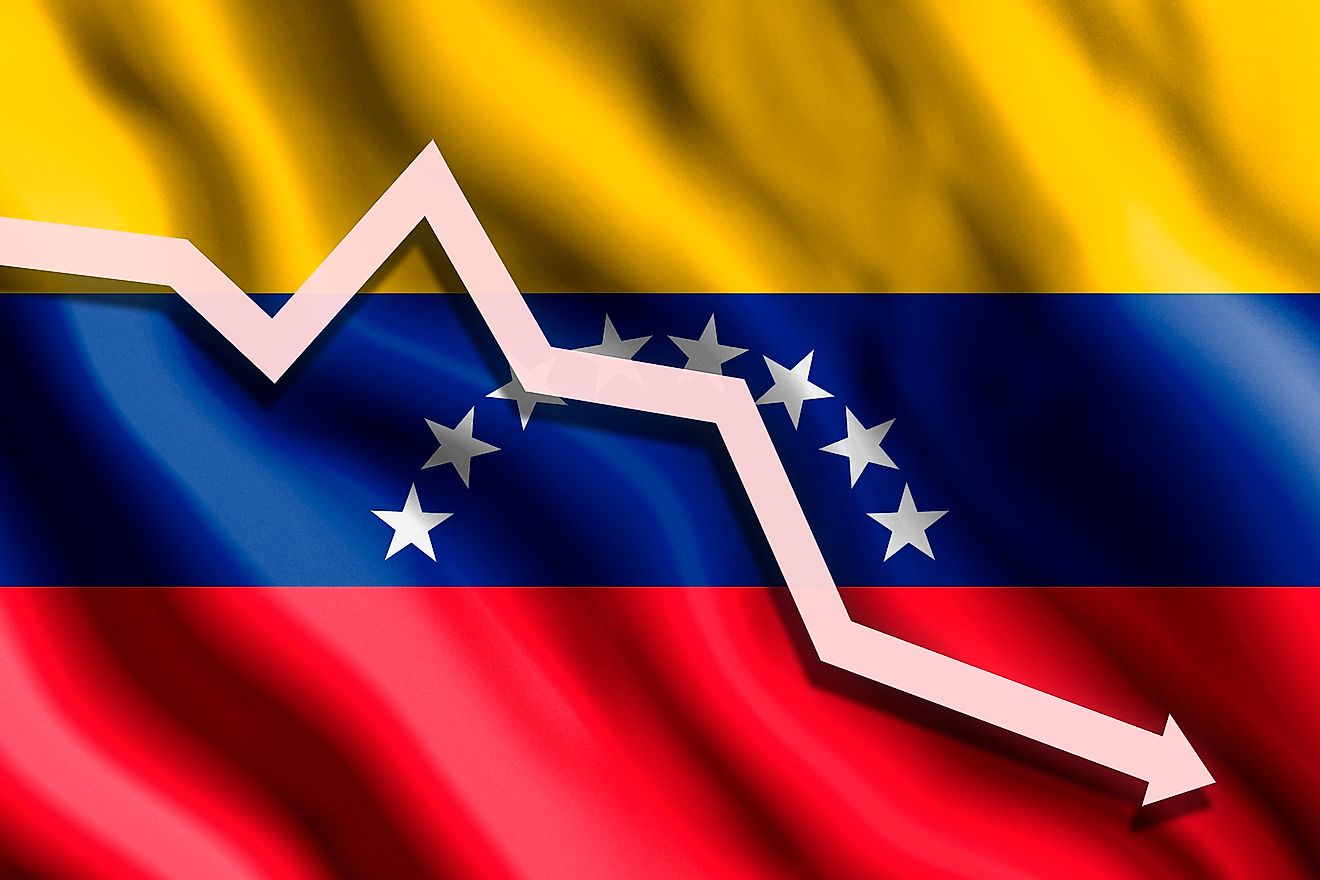The Most Urbanized Countries in the World

Since times immemorial, most of the world’s peoples have lived in rural areas. As late as 1950, only around 30 percent of the total world population lived in urban areas. Over the next 50 years, the number had grown by 17% by the dawn of the new millennium. The trend continues still, with the percentage of the world’s population living in urban areas projected to touch the 60% mark by 2025 per current estimates. There was a time when urbanization occurred primarily within developed countries, but today rapid urbanization is increasingly occurring in developing countries as well. There has been a marked positive change in the rate of this happening among selected countries, while in others it has remained more or less the same. Though the trends for urbanization may seem to be a little fuzzy, we will attempt to help you better understand the reasons for it, and whether or not you should be worried about these surges in the populations residing within city limits around the world.
The Most Urbanized Nations
Per United Nations criteria, a place with a population of 20,000 people or more is defined as an urban area. Relative urban population is then expressed as the percentage of total people of a country living within such places. In the case of places such as Vatican City, Gibraltar, Nauru, Bermuda, Hong Kong, and Monaco, this means that 100% urbanization has been achieved. These are all small countries whose inhabited areas are more or less bounded by a single city or handful of cities. Besides these, there are other countries still with relative urban populations just less than 100%. A few examples of such countries include Qatar (99.2), Kuwait (98.2), Belgium (97.9) and Malta (95.4).
Changes in Urbanization Rates
There are two reasons behind high urbanization. First of all, there is natural growth of population in some countries, while the second reason is the rapid migration from nearby rural areas. Natural growth of a population is an indication of the ideal environmental factors which fuel population growth. Either there is a lower birth mortality rate or death rate, which is why the population is increasing. Migration itself can be due to two factors: push factors and pull factors. Political instability is a major push factor, such as in the example of the present European refugee crisis, where Middle Eastern refugees are being "pushed" out of their countries by insecurity within their home nations’ borders, especially in the case of Syria. Other push factors include lack of economic opportunities in rural areas and low availability of requisite resources.
As the name suggests, pull factors attract people from rural areas to the urban areas. Such factors include the ease of attaining a job and quality life in urban areas in relation to many rural areas.
Urban Sprawl and Assessment of Future Impacts
Simple population growth and urban population growth are two different things. Rapid urbanization directly impacts the sociopolitical and economic rubrics of an urban area and its outlying communities by placing a huge burden on authorities and infrastructure to provide even the most basic of amenities. With increasing population in the urban areas, it will be difficult for the authorities to manage the vehicular traffic of an area, because the region has not been designed to accommodate such a huge surge. More frequent floods are common to many growing urban centers. These happen because of the faulty drainage systems and construction of structures in proximity to bodies of water as the open spaces in urban center dwindle. Many urban regions in the world also suffer from poor air quality and smog pollution. Similarly, the runoff from residential, commercial, and industrial activities alike also can cause soil and water in and around urban centers to become polluted to the maximum extent.
Ensuring the Safety of Urban Growth in the Future
In hard times, people will always consider seeking a way out and, for many rural residents, urban areas promise to fulfill this need. In the case of rapid urbanization, there are thousands of people seeking ways out, with the ultimate result not always being a positive one. Governments of certain countries may need to enact laws to protect open spaces, as well as to control crime and facilitate healthy business environments and living conditions where rapid industrialization is occurring.
Most Urbanized Countries
| Rank | Country | Rate of Urbanization |
|---|---|---|
| 1 | Vatican City | 100 |
| 2 | Gibraltar | 100 |
| 3 | Nauru | 100 |
| 4 | Bermuda | 100 |
| 5 | Hong Kong | 100 |
| 6 | Monaco | 100 |
| 7 | Anguilla | 100 |
| 8 | Cayman Islands | 100 |
| 9 | Macau | 100 |
| 10 | Sint Maarten | 100 |
| 11 | Singapore | 100 |
| 12 | Qatar | 99 |
| 13 | Kuwait | 98 |
| 14 | Belgium | 98 |
| 15 | Malta | 95 |
| 16 | U.S. Virgin Islands | 95 |
| 17 | Uruguay | 95 |
| 18 | Guam | 95 |
| 19 | San Marino | 94 |
| 20 | Iceland | 94 |
| 21 | Puerto Rico | 94 |
| 22 | Japan | 94 |
| 23 | Turks and Caicos Islands | 92 |
| 24 | Israel | 92 |
| 25 | Argentina | 92 |
| 26 | Netherlands | 91 |
| 27 | Saint Pierre and Miquelon | 90 |
| 28 | Luxembourg | 90 |
| 29 | Chile | 90 |
| 30 | Australia | 89 |
| 31 | Curaçao | 89 |
| 32 | Northern Mariana Islands | 89 |
| 33 | Venezuela | 89 |
| 34 | Bahrain | 89 |
| 35 | Lebanon | 88 |
| 36 | Denmark | 88 |
| 37 | American Samoa | 87 |
| 38 | Gabon | 87 |
| 39 | Palau | 87 |
| 40 | Greenland | 86 |
| 41 | New Zealand | 86 |
| 42 | Sweden | 86 |
| 43 | Brazil | 86 |
| 44 | United Arab Emirates | 86 |
| 45 | Andorra | 85 |
| 46 | Finland | 84 |
| 47 | Jordan | 84 |
| 48 | Saudi Arabia | 83 |
| 49 | Bahamas | 83 |
| 50 | United Kingdom | 83 |
| 51 | South Korea | 83 |
| 52 | Canada | 82 |
| 53 | United States | 82 |
| 54 | Western Sahara | 81 |
| 55 | Norway | 81 |











